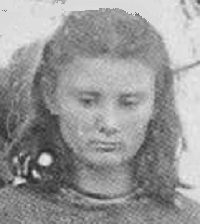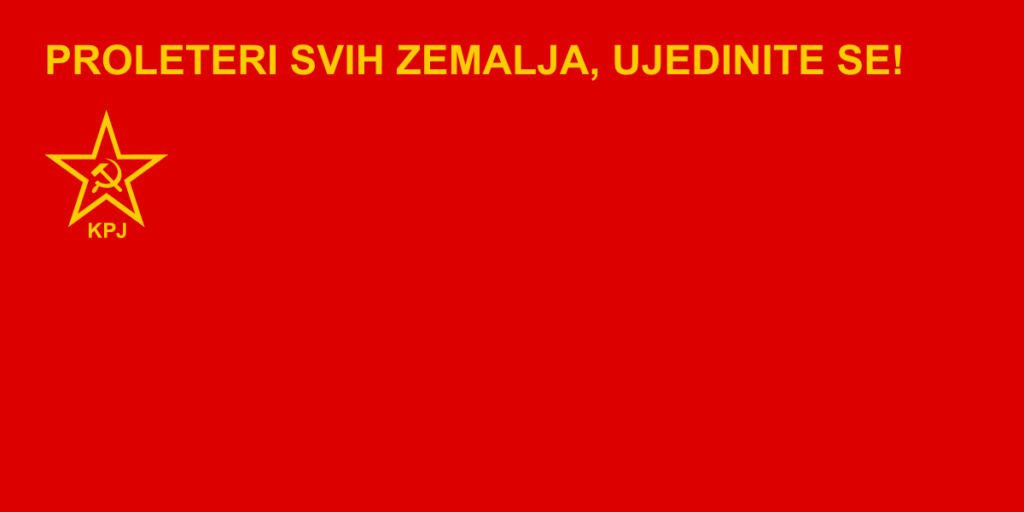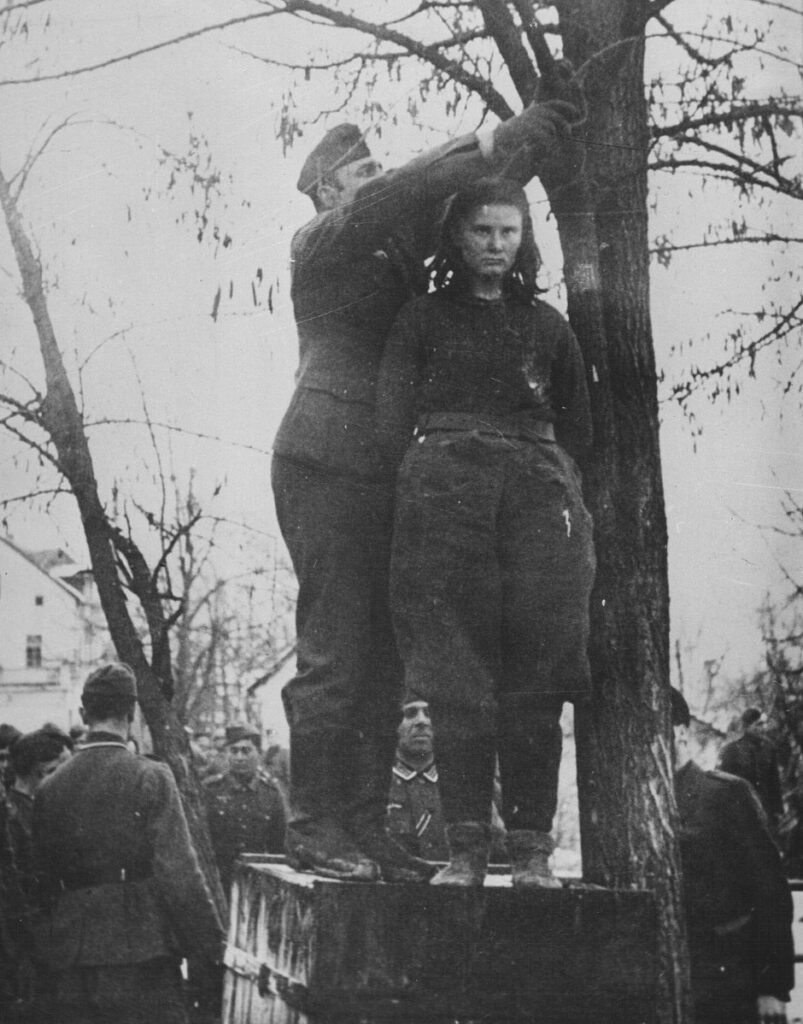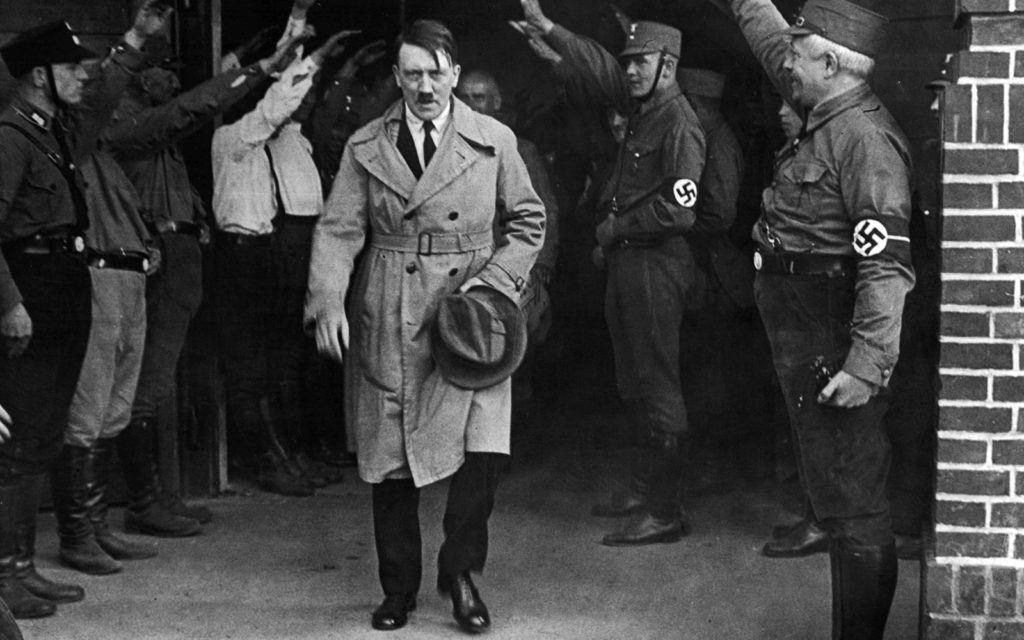It’s hard to imagine someone risking their lives at age 15 for their country. At 15, most are just freshmen or sophomores in high school, preparing to get their driver’s license, and just starting to consider what they might want to go to college for.
For Lepa Radić, things were different. Lepa Radić was born in Bosanski Petrovac, a town in Yugoslavia. Just 15 short years later, she would join the Yugoslav Partisans and fight the Axis powers with a bravery most people twice her age could only dream of having.
This bravery caused her life to be cut short, but the legacy of her fighting spirit lived on and inspired those fighting for the Allies for years to come. In this article, we’ll look deeper into the life of Lepa Radić and her tragically short fight for the Communist Party.

The Early Life of Lepa Radić
Born on December 19, 1925, the stirrings of conflict were already brewing during Lepa’s early years of life. By all accounts, Lepa was a serious and intelligent girl who did well in school.
She really enjoyed reading. She was also inspired by her uncle Vladeta Radić and his involvement in the labor movement.
Lepa Radić started her time championing the Communist Party by joining the League of Communist Youth of Yugoslavia. This was an organization of the Social Alliance of Working People of Yugoslavia.
This league was formed in 1919. This made it relatively new by the time Lepa Radić became a part of it.
Later, at the age of 15, Lepa Radić joined the Communist Party of Yugoslavia. This was the main communist party of the Kingdom of Serbs, Croats, and Slovenes, of which Yugoslavia was a part.

World War II and Lepa Radić’s Fight Against the Axis Powers
The Yugoslavian Chetniks and Partisans
At the time, there were two main parties active in Yugoslavia–the Chetniks and the Partisans. By the time Lepa joined the Communist party, Nazi invaders had taken control of Yugoslavia, which had surrendered within 11 days.
The Chetniks were royalists at heart, and were more concerned with the growing Communist sentiments springing to life inside Yugoslavia than they were with the invading Nazis. This led them to occasionally collaborate with Nazi occupiers.
On the other hand, the Partisans, the group that had emerged from the banned Communist party, vehemently opposed Nazi occupation. Their leader, Josip Broz, or Tito, planned to overthrow these invaders and turn Yugoslavia into an independent socialist state.
Lepa Radić’s Capture and Joining of the Partisans
As we mentioned earlier, Lepa Radić came from a family of rebels. This would cause problems as conflicts started to heat up.
Her uncle Vladeta was already an active member of the Communist party and through them the Partisans. But when the Nazis invaded, Lepa’s father Svetor, and her other uncle Voja joined the cause as well.
But these actions didn’t go unnoticed. Soon Lepa’s entire family was arrested as a consequence of the father and uncle’s actions, and they were all captured and imprisoned at Stara Gradiška prison.
The group responsible for this capture was the Ustaše. This was an ultra-nationalist organization that upheld the Nazi government in Yugoslavia at the time.
Only a few weeks after this capture, the Partisans came to the aid of their members. Amazingly, they were able to free Lepa Radić’s entire family. This inspired both Lepa and her sister Dara to join the fight. Lepa was only 15 at the time.
The 7th Partisan Company and Lepa Radić’s Second Capture
Both Dara and Lepa would join the 7th Partisan Company serving as nurses. Soon, though, Lepa would show a certain talent for leading and rallying other youth to the cause, and this became her main job amongst the Partisans.
When the battle came to Lepa, she didn’t shy away. Along with helping the wounded and recruiting new members, Lepa would fight on the front lines when needed.
Her fearlessness would be a blessing and a curse to the young warrior. In February of 1942, Lepa’s defining moment would come.
A Nazi SS unit managed to surround Lepa and the refugees she was attempting to rescue, including over 150 women and children. When faced with the overwhelming power of the Nazi soldiers, Lepa didn’t surrender.
Instead, she fought. While the Nazis advanced, she fired every bullet she had at them, trying until the very last moment to defend her charges. Ultimately, Lepa was no match for the SS Nazis, and she was captured before being transported to the village of Bosanka Krupa.
The Ultimate Sacrifice of Lepa Radić
Lepa’s capture was not peaceful, even though she was just a girl of 17. The Nazis could see the unyielding spirit within her, and as a consequence, didn’t go easy on her by any means.
Lepa Radić was tortured for three days, the Nazis desperate to get the names of the other Partisans from her. But Lepa would not give a single name.
After days of trying to get information out of the girl, they gave up. Lepa Radić was sentenced to execution for the crime of firing at Nazi soldiers.
Just a few short days after her capture, Lepa Radić was led to a set of hastily constructed gallows to be hanged. The Nazis looped the noose around the neck of the 17-year-old Lepa while she called out to the gathered crowd,

“Long live the Communist Party, and partisans! Fight, people, for your freedom! Do not surrender to the evildoers! I will be killed, but there are those who will avenge me!”
Either out of desperation to get information out of Lepa, or from hesitation to execute someone as young as Lepa, the Nazis gave her one last chance to give up the names of her Partisan allies in order for her life to be spared.
Again, Lepa yelled out,
“I am not a traitor of my people. Those whom you are asking about will reveal themselves when they have succeeded in wiping out all you evildoers, to the last man.”
Lepa Radić was executed on February 8, 1943. She didn’t give her captors a single morsel of information.
She was hanged where she had been imprisoned, in Bosanka Krupa. One Nazi who reported on the execution observed that Lepa “has shown unprecedented defiance”.
References
The memory of the Partisan heroine
https://www.balkanwarhistory.com/2016/11/the-memory-of-partisan-heroine.html
Lepa Radić, Teenage Hero Of Yugoslavian Resistance- Jim R

